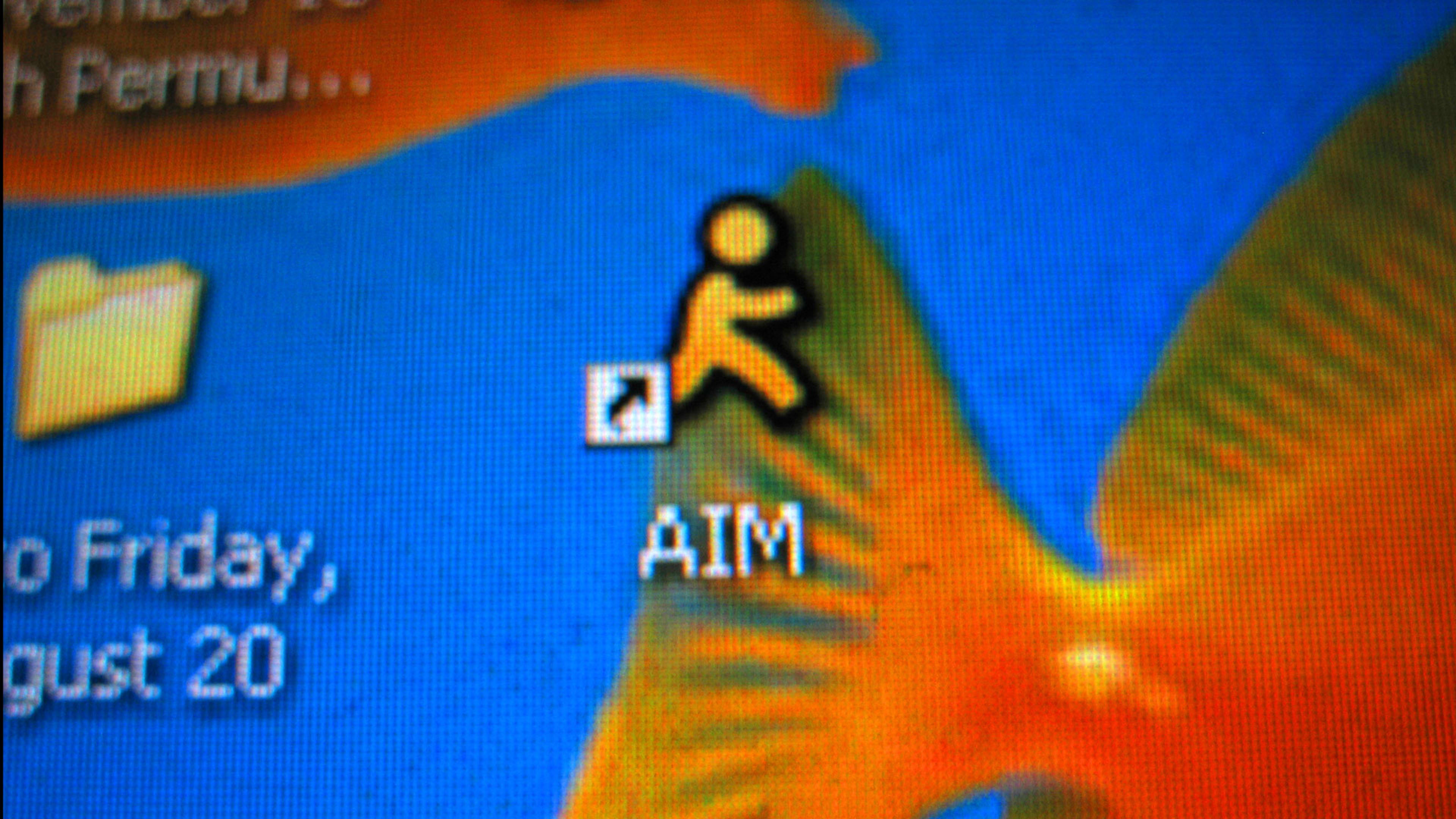I knew that both AOL Instant Messenger and CompuServe’s forums—both part of AOL, which is part of Oath, which rolls up into Verizon—were going away. But I missed the fact that the actual day of closure for both venerable institutions is today. Which might be a coincidence, but feels like it makes December 15, 2017, the official termination date for a certaim form of online community, which got its start in the 1980s and has been degrading for years.
In their respective heydays, AIM and CompuServe were thriving community and communications platforms. It’s tempting to make a case that either either one, or both, could have evolved into something like Facebook before there was a Facebook, and that the people responsible for them blew it by not making that happen. Nah—it never works out that way, and it’s unreasonable to think that it ever could.
The AIM brand is now history, unless you count the fact that anyone with an AIM.com email address can still use it. CompuServe survives—just barely—as a weirdly archaic web portal, which is a twin of an equally moribund Netscape portal. But there is an unexpected coda to all this: Some of the people who were still using CompuServe forums still want to talk to each other. They’ve decamped to Forumania and other services, where they’ll keep the CompuServe spirit alive long after CompuServe’s owners lost interest in the once-mighty idea.
Recognize your brand’s excellence by applying to this year’s Brands That Matter Awards before the early-rate deadline, May 3.
